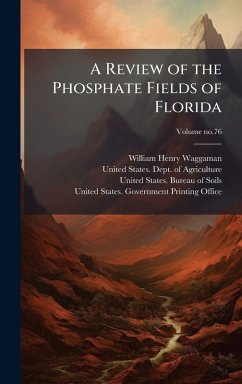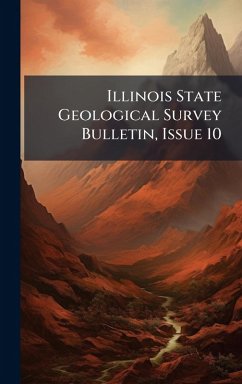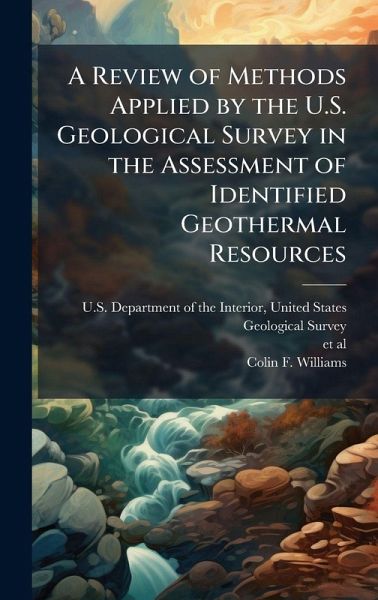
A Review of Methods Applied by the U.S. Geological Survey in the Assessment of Identified Geothermal Resources
Versandkostenfrei!
Versandfertig in über 4 Wochen
25,99 €
inkl. MwSt.
Weitere Ausgaben:

PAYBACK Punkte
13 °P sammeln!
The U. S. Geological Survey (USGS) is conducting an updated assessment of geothermal resources in the United States. The primary method applied in assessments of identified geothermal systems by the USGS and other organizations is the volume method, in which the recoverable heat is estimated from the thermal energy available in a reservoir. An important focus in the assessment project is on the development of geothermal resource models consistent with the production histories and observed characteristics of exploited geothermal fields. The new assessment will incorporate some changes in the mo...
The U. S. Geological Survey (USGS) is conducting an updated assessment of geothermal resources in the United States. The primary method applied in assessments of identified geothermal systems by the USGS and other organizations is the volume method, in which the recoverable heat is estimated from the thermal energy available in a reservoir. An important focus in the assessment project is on the development of geothermal resource models consistent with the production histories and observed characteristics of exploited geothermal fields. The new assessment will incorporate some changes in the models for temperature and depth ranges for electric power production, preferred chemical geothermometers for estimates of reservoir temperatures, estimates of reservoir volumes, and geothermal energy recovery factors. Monte Carlo simulations are used to characterize uncertainties in the estimates of electric power generation. These new models for the recovery of heat from heterogeneous, fractured reservoirs provide a physically realistic basis for evaluating the production potential of natural geothermal reservoirs. This work has been selected by scholars as being culturally important, and is part of the knowledge base of civilization as we know it. This work was reproduced from the original artifact, and remains as true to the original work as possible. Therefore, you will see the original copyright references, library stamps (as most of these works have been housed in our most important libraries around the world), and other notations in the work. This work is in the public domain in the United States of America, and possibly other nations. Within the United States, you may freely copy and distribute this work, as no entity (individual or corporate) has a copyright on the body of the work. As a reproduction of a historical artifact, this work may contain missing or blurred pages, poor pictures, errant marks, etc. Scholars believe, and we concur, that this work is important enough to be preserved, reproduced, and made generally available to the public. We appreciate your support of the preservation process, and thank you for being an important part of keeping this knowledge alive and relevant.



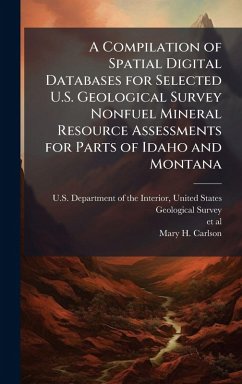
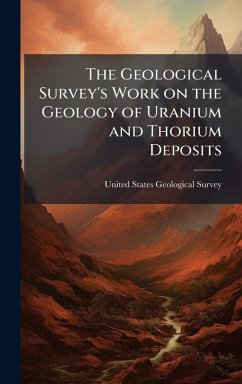

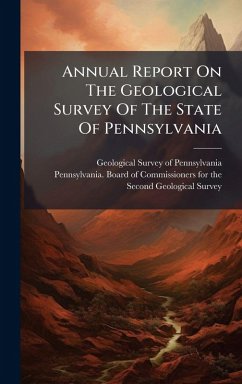
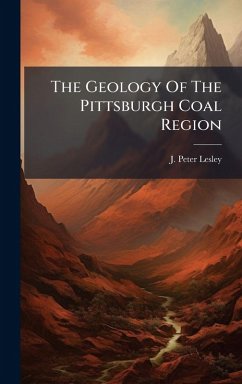
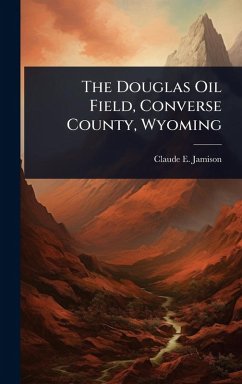
![First[-second] Annual Report of the Geological and Agricultural Survey of Texas Cover First[-second] Annual Report of the Geological and Agricultural Survey of Texas](https://bilder.buecher.de/produkte/74/74356/74356896n.jpg)
![First [-fourth] Annual Report of the Geological Survey of Texas, 1889[-1892] Cover First [-fourth] Annual Report of the Geological Survey of Texas, 1889[-1892]](https://bilder.buecher.de/produkte/74/74532/74532034n.jpg)
